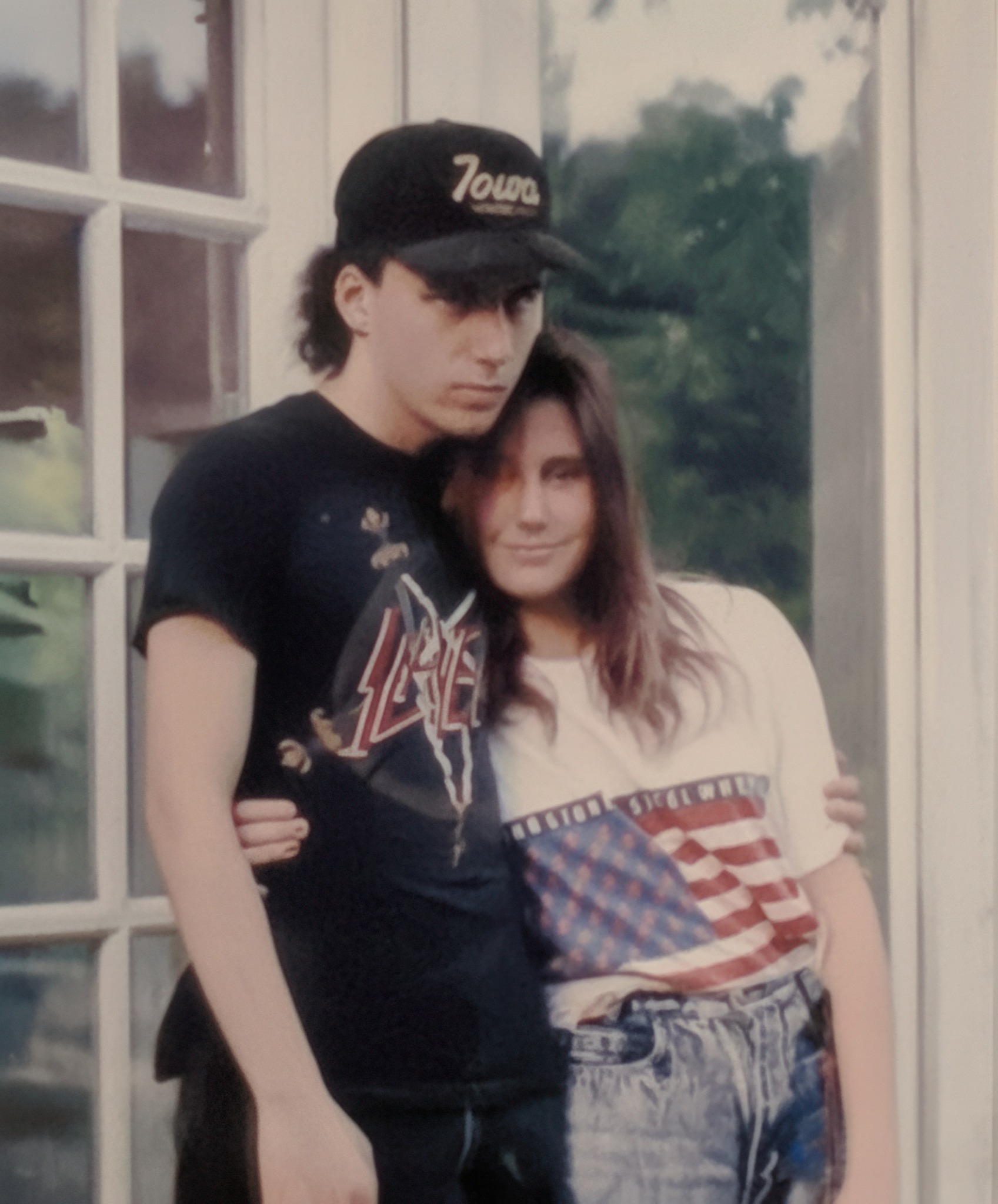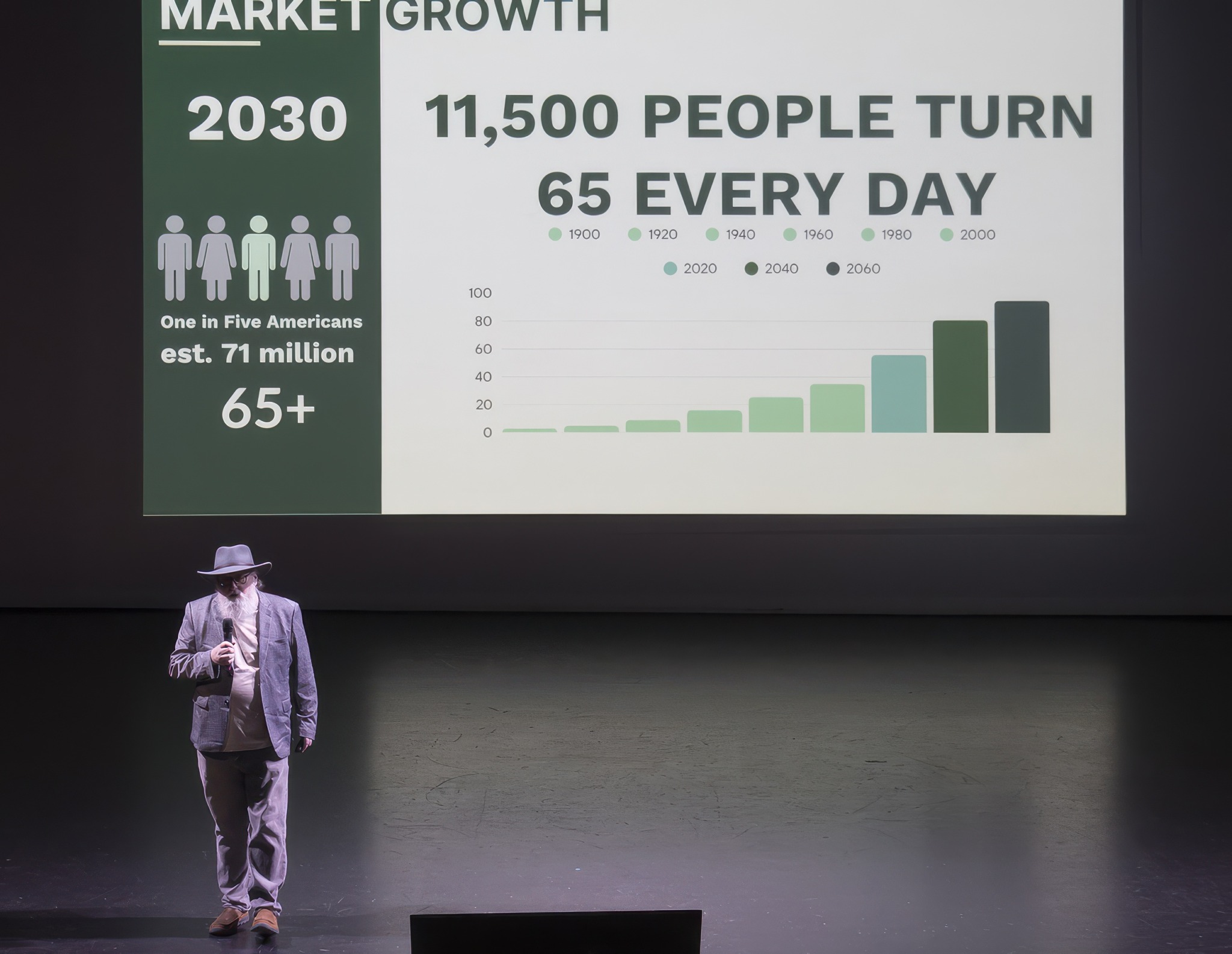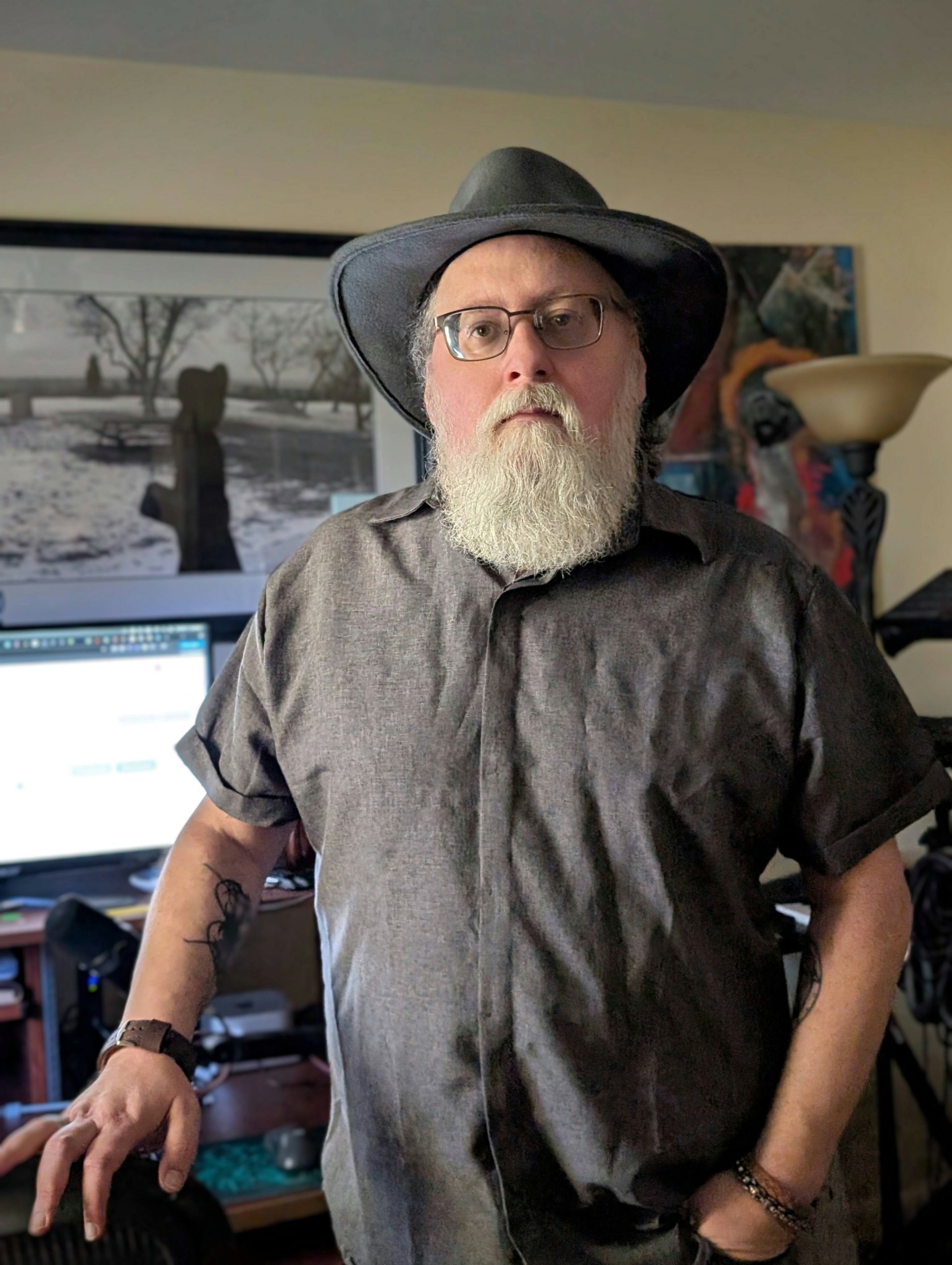We’re excited to introduce you to the always interesting and insightful Curt Meinhold. We hope you’ll enjoy our conversation with Curt below.
Hi Curt, thanks for joining us today. Alright, so you had your idea and then what happened? Can you walk us through the story of how you went from just an idea to executing on the idea
The idea for LilyList first came to me at least seven years ago. I had seen so many people pass away without having much – or anything – prepared to guide and support the loved ones they left behind. I wanted to build simple, human-focused tools that could take some of the fear out of that process.
I even bought the lilylist.com domain five or so years ago, but I was working full-time and just didn’t have the bandwidth to truly dive in.
Then, the “why” became urgent. Over the last few years, I lost two bandmates, both under 50. I lost a friend who was under 60. I lost both of my in-laws. That string of losses really became the motivation to put my full energy into this idea and figure out what we could actually solve.
With my background in building products, the first step was discovery. Part of this was launching the LilyList podcast, where we talk with people about their journeys, their impactful moments, and where they stand on their own planning. But honestly, most of the discovery just came from normal conversations with hundreds of people I’d meet during my day-to-day tasks and travels.
What I learned was that getting people to take action on “end-of-life planning” was going to be a very heavy lift. It’s incredibly necessary, but it’s also the last thing most people want to think about.
But I did find something else: I found that people do want to connect. They want to tell their stories, share lessons learned, and build bridges across generations.
So, that’s where we began.
From there, we built a prototype and got feedback. We created an Alpha and got more feedback. Then a Beta, and got even more feedback.
I’m so happy to say that we are now live. All that feedback was instrumental in making sure we were building the right solution, at the right time, and for the right people.

As always, we appreciate you sharing your insights and we’ve got a few more questions for you, but before we get to all of that can you take a minute to introduce yourself and give our readers some of your back background and context?
My working career began in the print industry, but when I saw some of the first fully digital printing presses come into the US, I knew that I had to figure out this “computer thing.”
Originally, I wanted to be a graphic designer. I was playing in bands and created flyers and covers for our cassettes (funny to see people selling these again!), and I thought that would be a great field to get into.
Turns out that my design aesthetic doesn’t align too well with the general populace – or, it didn’t back in the early-1990s.
I moved to software development – some C and database work. I found it a little boring, which is likely part of why I wasn’t great at it.
When the consumer internet hit it turned into a right time, right place situation for me, career-wise.
Just picking up some Perl, HTML, and SQL made it easy to find jobs in the burgeoning Internet Bubble.
But, again, I never was the best developer. I was great for small startups and getting something working to market. But, someone better than me always came along later and created “proper” code. I really wanted to move closer to the customer and product decision-making.
So, I did some business analyst work before moving into leadership roles on the engineering side and, eventually, product management.
Over the same period, I had a music project going. Sift was active from the early-90s until 2020. It was a lot to keep a career and a half going at the same time, but I got so much mentally from the music and camaraderie of the band – it has really been my therapy for most of my adult life.
Presently, I am focused on LilyList, but also do AI and product consulting.
What has separated me along the way is the ability to truly connect with people. Customers, bandmates, mentees, and others. I really want to see people succeed – and that is my starting point with everything from conversations to long-term relationships.
As an example, my AI consulting is designed to remove the hype and focus entirely on the pain points – and on finding the best path to solve them. It’s easy to get caught up in the buzz and over-extend yourself as a business owner. I know how important it is to understand AI, and even use it to learn and keep up. However, it’s amazing how many problems can be solved quickly and cheaply with simple automation, no AI needed.
And, if we can’t help you, I probably know someone who can, and I am always happy to connect people and step aside.

We’d love to hear a story of resilience from your journey.
I have a saying: words are necessary, but they can be a terrible way to communicate.
I mention that because while resilience is incredibly important to me, I know it can mean different things to different people.
I learned at a pretty young age that we all have to die – regardless of what Bryan Johnson may want people to believe. My father took his own life when I was 9. Before I was out of my teens, I had friends die in house fires, from cancer, and from gun violence. My youngest brother died in a car accident at 19, and my stepbrother died from HIV.
It seems like every year of my life, someone close to me has died.
That might sound sad, but it also gave me a sharp focus on what I wanted to accomplish. To “get stuff done,” as some might say.
That focus hasn’t always been positive. There were times of burnout, when I had to hit a wall before I would finally stop and recharge. But bouncing back, moving forward – being resilient – became a conscious focus for me by my late-20s or early-30s.
I haven’t always been great at it, but I get better as my experience grows.
My wife has been an incredible supporter, someone I can always count on. We met in 1989 and have now known each other much longer than we haven’t. That kind of support, having people you can truly lean on, is really the foundation of resilience.

We’d love to hear about how you met your business partner.
Shannon Smith and I met at a startup outside Boston sometime around 2004. I had joined the company right after my youngest brother had died, and my goal at the time was to show up, do my work, and go home.
I don’t recall all the small details, but I thought we had gotten along great from the beginning. Shannon tells the story a bit differently – I was the scary guy with tattoos who didn’t talk much. I believe the description was something along the lines of “looked like a biker, but turned out to be a teddy bear.”
Shannon is an amazing leader and very detail-oriented. One of her many superpowers is the ability to balance the human and business sides of the world in a very empathetic way. I’ve not met many people that can do that better than she can.
It has always been a pleasure working with Shannon, partly because our strengths and weaknesses mesh so well – she’s great at covering for my weaknesses and is always honest with me when I start to get off-track, need to reset, or am getting too far down a rabbit hole.
I built a machine learning business in 2016, and she was a great advisor during that time. She’s been invaluable as a partner with the launch of LilyList.
Contact Info:
- Website: https://lilylist.com
- Facebook: https://www.facebook.com/mylilylist
- Linkedin: https://www.linkedin.com/company/lilylist
- Youtube: https://www.youtube.com/@MyLilyList



